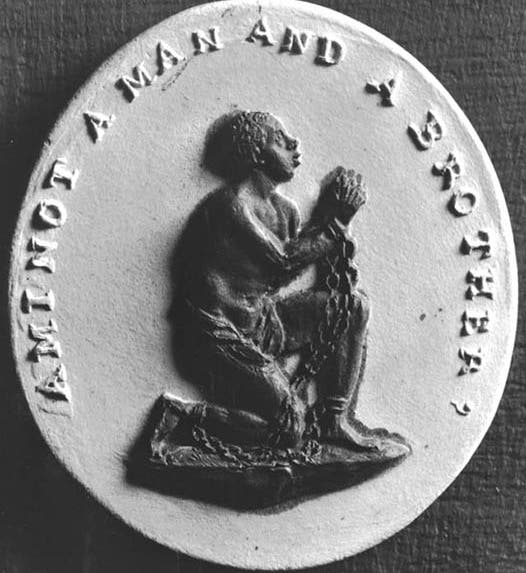Scientist of the Day - John Edmonstone
John Edmonstone, a black slave, was born we know not where or when, with a name and a lineage unrecorded. Today, June nineteenth, seems a good day to celebrate his life. John entered the historical record when he was encountered by Charles Waterton, an eccentric English naturalist and explorer, who several times in the early 1800s visited British Guiana and the plantation of an acquaintance, Charles Edmonstone. Waterton later recalled in his Wanderings in South America (1825) that he “tried to teach John, the black slave of my friend Mr Edmonstone, the proper way to do birds." Waterton didn't think much of John's taxidermic abilities, but he mentioned that the Edmonstones, master and slave, later moved to Scotland, where John was freed , and that he eventually took up residence in Edinburgh. We know from other sources that by 1823, John was living at 37 Lothian Street, near Edinburgh University, and that he practiced taxidermy for a living and sold specimens to the University Museum.
Edmonstone also on occasion tutored University students, for a fee, in the art of taxidermy, and one of his students, who lived at 11 Lothian Street, recalled these sessions: "A negro lived in Edinburgh, who had travelled with Waterton, and gained his livelihood by stuffing birds, which he did excellently: he gave me lessons for payment, and I often used to sit with him, for he was a very pleasant and intelligent man." The writer was Charles Darwin, who was then a medical student at Edinburgh, and the recollection comes from his Autobiography, written fifty years later. Darwin did not mention his tutor by name – it has taken the work of scholars, most notably R.B. Freeman, to connect Waterton's and Darwin's accounts and give Darwin's bird-stuffer a name and a partial past.
We know little else about John Edmonstone, but that does not matter here, for today he represents thousands of persons of African ancestry about whom we know even less, who, having been forcefully removed from their homeland and placed in bondage, were denied the opportunity to stuff birds, collect specimens, survey a countryside, or embark on a voyage like young Darwin. Edmonstone was freed in 1817; in America, his counterparts had to wait until this day, June 19, 1865, and for their true freedom, for a century longer, and perhaps a half-century after that.
It is a sad commentary on our collective memory that there is not one tangible reminder of John Edmonstone's life in existence anywhere. Darwin's boarding house at 11 Lothian street has a plaque to commemorate his year there; the building now at 37 Lothian Street has nothing. Several Edinburgh websites lament the fact that a plaque to John Edmonstone was put in place some years back and has now disappeared, and no one knows of its whereabouts. How difficult would it be to replace it? I for one would be happy to contribute to a subscription fund, and I would guess that many others – hundreds of others – would be just as willing. If we cannot give John Edmonstone a face, we could at least give him a presence, to remind us of what we ought to remember, every day: Black lives matter.
Our sole image shows a ceramic plaque that was designed and produced by Josiah Wedgwood’s pottery firm in 1787 to mark the beginning of the abolitionist movement in England. “Am I not a Man and a Brother?” was an extremely popular emblem for the anti-slavery crusade, which culminated in the abolition of slavery in Great Britain in 1807. Josiah Wedgwood was Charles Darwin’s grandfather.
Dr. William B. Ashworth, Jr., Consultant for the History of Science, Linda Hall Library and Associate Professor emeritus, Department of History, University of Missouri-Kansas City. Comments or corrections are welcome; please direct to ashworthw@umkc.edu.


![“Aurora Borealis,” hand-colored wood engraving by Josiah Wood Whymper, [Natural Phenomena], plate 2, 1846 (Linda Hall Library)](https://assets-us-01.kc-usercontent.com:443/9dd25524-761a-000d-d79f-86a5086d4774/0245ffcb-b70c-477c-8792-0a73ebd54eb2/Whymper%2011.jpg?w=210&h=210&auto=format&fit=crop)



